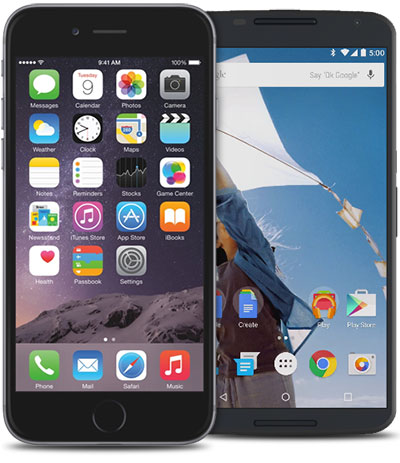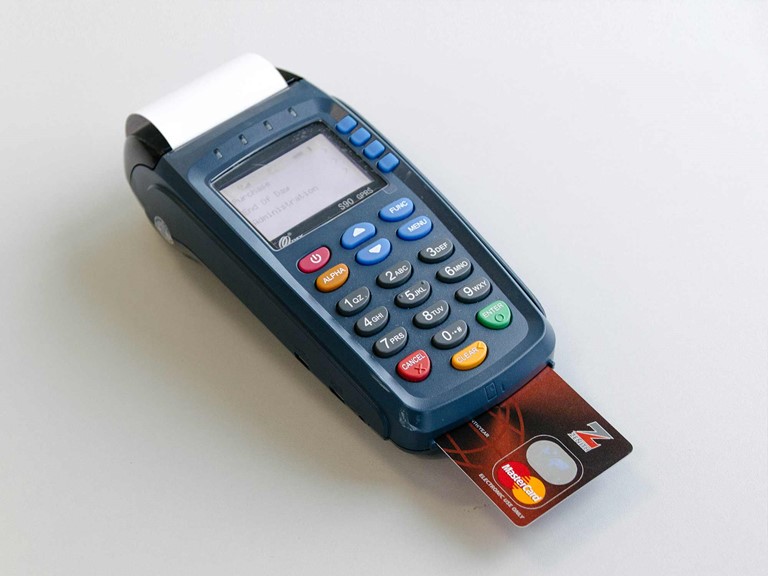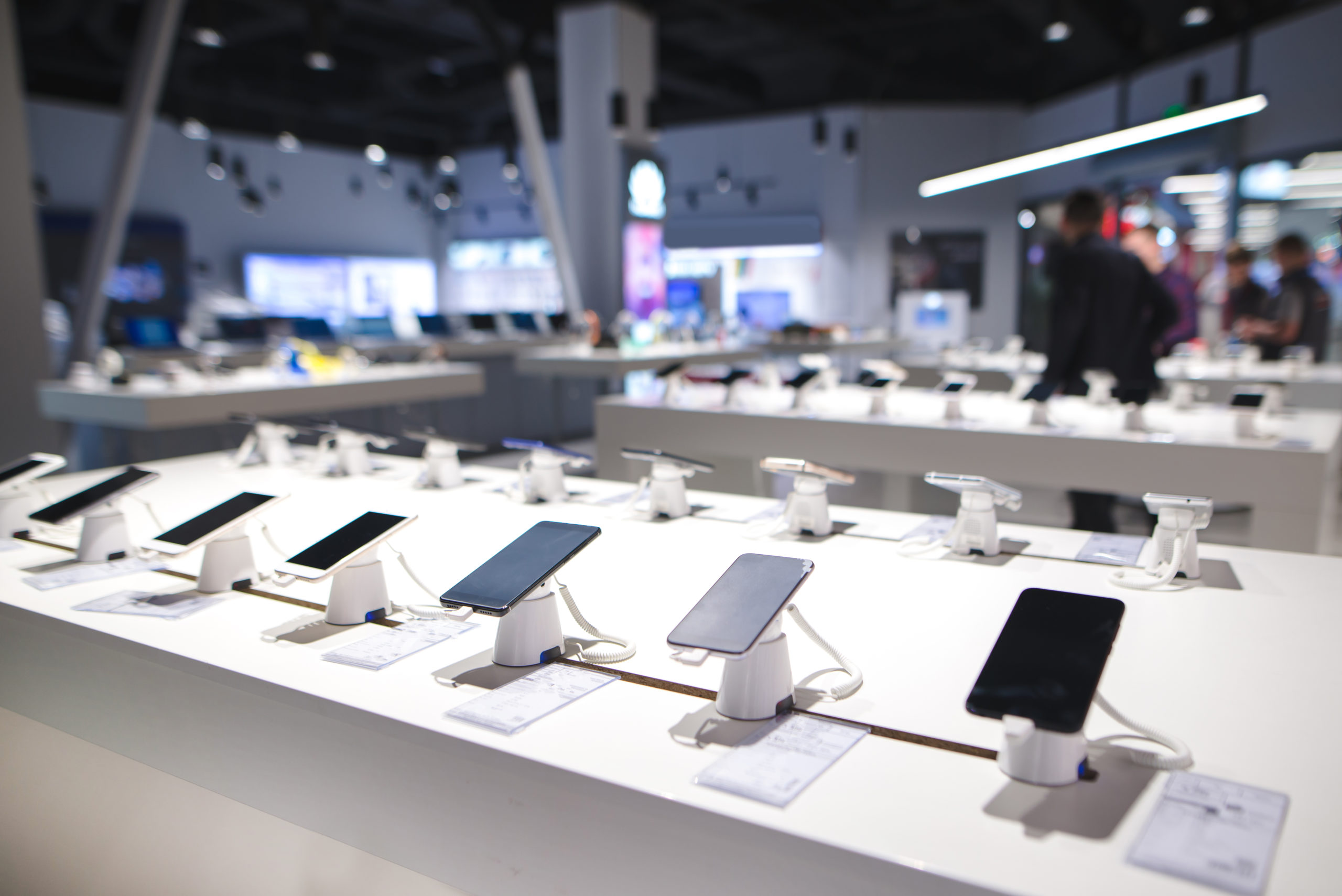Gone are the days when the only thing a phone was good for was making phone calls. Nowadays, they have come to take the place of other dedicated devices like digital cameras, MP3 players and even full-blown PCs. Depending on the kind of phone you’re after, you could even find one that can adequately handle all your day-to-day activities with its inbuilt suite of productivity tools.
The phone manufacturers themselves are constantly trying to oneup one another as each new flagship introduces new features or refinements on existing features, enticing tech-savvy users to make the upgrade. So in order to make the most of your purchase, here are some things you need to look out for when buying your next smartphone:
Battery

Because you’re going to need to use your phone often, you’d have to consider how long the battery lasts. You definitely want a battery that can survive a full day of moderate use between charges. The battery capacity is calculated in Milliamp per hour (mAh), which means that if your phone has a battery capacity of 5,000 mAh, it would supply 5,000 mA per hour, 2,500mA for 2 hours and 50 mA for 100 hours. A phone with a 4,000 mAh battery would typically last a full day of low to moderate usage.
Memory

There are two main types of memory you need to consider when choosing a smartphone. The first is the amount of RAM the device has, which helps determine how many concurrent apps your phone can have running at the same time. This could in turn have an indirect effect on the perceived speeds and fluidity of the device. The second type is internal storage (or ROM). This is what houses the OS, apps, images, videos and all your other files. Also worth considering is the amount of expandable storage the phone supports. This determines the maximum size of any memory card you might be planning to use with your device.
Camera

Quality moments deserve quality images, and for this reason you’d definitely want a phone that produces sharp images even in a dimly lit environment. Most budget phones struggle with low-light situations, so if you want a phone with outstanding picture quality, you might have to consider spending more money on a mid-range or high-end device. The resolution of the pictures taken determines its sharpness and this is calculated in megapixels (MP). But keep in mind that there are other specs that determine picture quality. So instead of just looking out for a phone with a high megapixel count, look out for other features like a larger aperture size, larger pixels and image stabilization, since all that also affects the quality of pictures taken.
Processor

A smartphone’s processor affects everything from its rate of power consumption, to the speed and complexity of operations it is able to handle. Just like with PCs, performance is determined by operating frequency (measured in GHz) and number of available cores. In terms of raw performance, the fastest ones available today include the Apple A13, the Huawei Kirin 990 and the Qualcomm Snapdragon 855 Plus, so keep an eye out for one of these processors (or one of their successors) if you are particular about getting a smartphone that can handle some additional tasks like gaming.
Brand

There are a couple of standout brands in the phone market today. These brands have over the years built integrity and gained customers’ trust as a result. These include Samsung, Apple, Nokia, Xiaomi, Tecno, Infinix, Gionee and more. To be on the safe side, it is best to get a brand with a good reputation. But if you spot a no-name brand that happens to have all the features you desire, you’ll need to do some background checks. For example, you can check reviews and general comments on such devices, which should tell you what to expect.
Screen Size

If you are like me, you’re probably going to spend a lot of time watching videos on your phone. This is where a phone’s available screen real estate comes to bear, as you might not be able to make out finer details on a smaller screen. So a phone with a display that is between 5.5 – 6-inches would give you a richer media experience. On the flipside, if you value portability over visibility, then you might want to stick with a phone with a 5-inch screen or smaller, as these can fit in pockets much easier than the so-called phablets.
OS

There are only two mobile phone operating systems worth considering today: Android or iOS. All iPhones run on iOS, while android devices can be found on a large number of devices from various manufacturers. Choosing one over the other means you are effectively buying into a particular ecosystem, even though most popular apps have versions on both platforms. It is worth noting that iOS has stricter curation on its app store, unlike Android, where you can find all sorts of apps. Android is generally regarded to be more open as well, with most devices giving user’s root access and deeper customization options.
Price

You always knew it would end up here, right? I always tend to save the most important factor for last. Smartphones prices range from affordable to very expensive, and this is usually determined by some or all of the aforementioned features above. If price is a primary concern, then an Android device might be your best bet since it has devices in the low to mid-range. iPhones on the other hand tend to only have mid-range to high-end devices, except you are willing to buy a device that is several generations older than their current flagships.
That is all the information you should need to consider when choosing your next smartphone. Hopefully it helps you find one that meets your needs and fits within your budget. Are you ready to get one now? Or you’d like to narrow down one you can buy at a later date? Then check out our smartphones category for a wide range of quality and affordable options.
